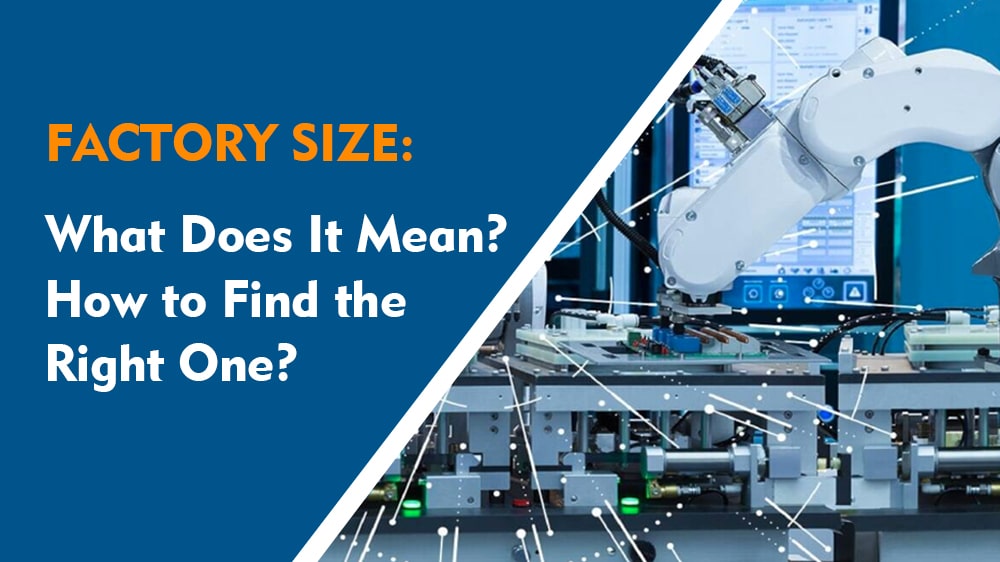
Factory size is an important factor to consider when looking for a suitable factory to produce your product. Most businesses should understand what factory size means and how it can affect the production process.
In this article, we will discuss what is the ideal factory size, and how to find the right one to produce your product.
What Does the Factory Size Mean?

Factory size is a term used to describe the physical size of a manufacturing facility.
It is typically measured in square feet or square meters and is used to determine the amount of space available for production.
The factory size can have a significant impact on the efficiency of production, the cost of production, and the quality of the products produced.
It is determined by the amount of space needed to accommodate the production process.
This includes the space needed for the machinery, the storage of raw materials, and the storage of finished products.
How Does the Factory Size Affect the Production Process?
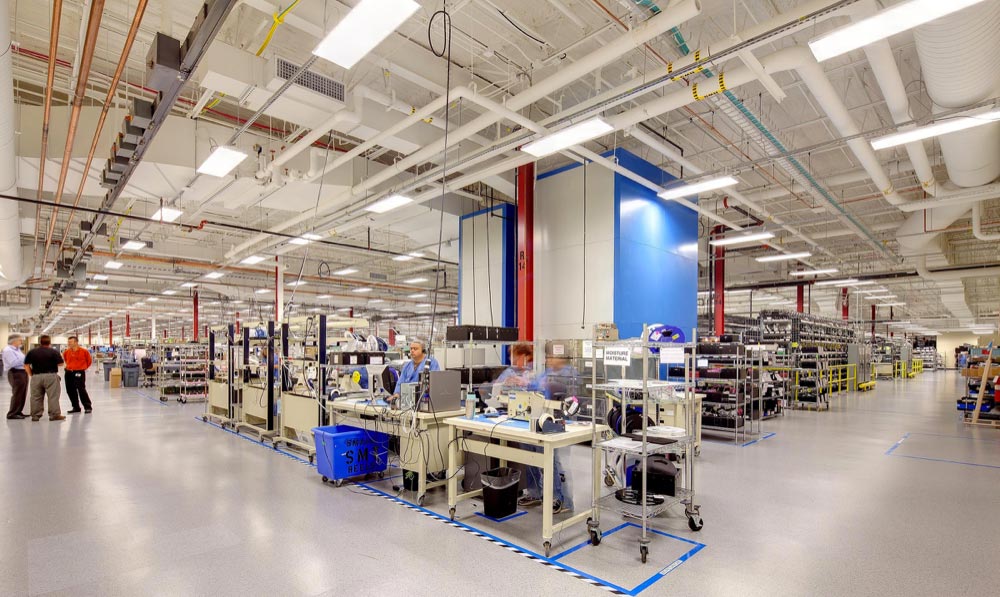
Factory size can have a significant impact on the production process, which can affect the efficiency of the production process, the cost of production, and the quality of the final product.
Impact 1: Efficiency
A larger factory can accommodate more machines and workers, allowing for a more efficient production process.
This can result in faster production times and higher output. For example, a larger factory may be able to produce more cars in a day than a smaller factory.
Impact 2: Cost
The cost of production is often lower in larger factories due to economies of scale.
This is because larger factories can purchase materials in bulk, which reduces the cost per unit.
Additionally, larger factories can spread out the cost of overhead expenses, such as rent and utilities, over a larger number of units.
Impact 3: Quality
The factory size can also affect the quality of the final product.
Larger factories often have more advanced machinery and technology, which can result in higher-quality products.
Additionally, larger factories can employ more experienced workers, which can lead to better quality control.
Overall, the factory size can have a significant impact on the production process. Larger factories can be more efficient, and cost-effective, and produce higher-quality products.
What Is the Ideal Factory Size?
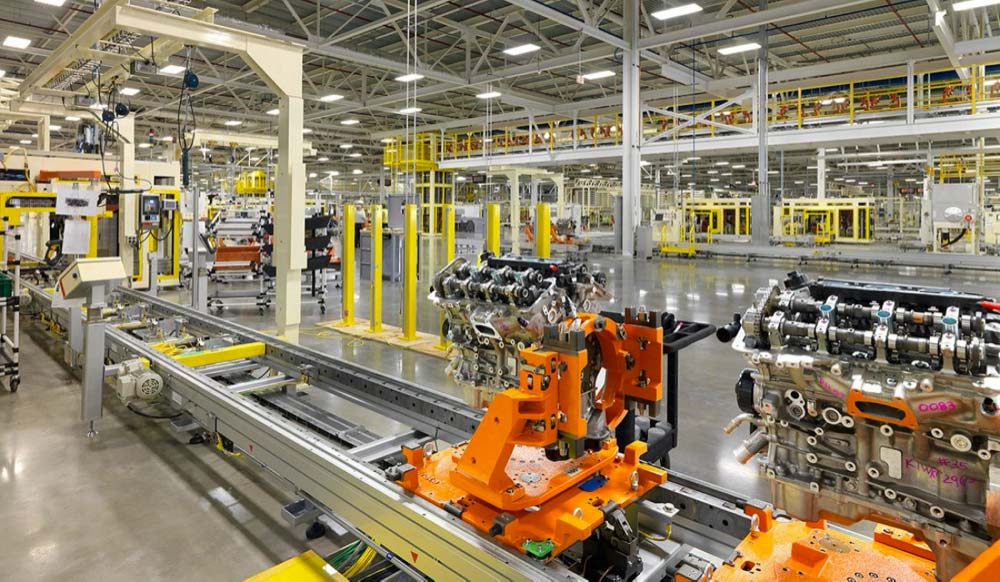
To know the ideal factory size for your product, you need to consider a few factors as follows:
Factor 1: Depend on the type of product
Generally, a factory should be large enough to accommodate the necessary equipment and personnel to produce the desired product efficiently and cost-effectively.
For example, a factory producing small consumer goods such as electronics or toys may require a smaller factory size than a factory producing large industrial machinery.
Factor 2: Depend on the production process
If the production process requires a lot of manual labor, then the factory should be large enough to accommodate the necessary personnel.
If the production process is automated, then the factory size should be large enough to accommodate the necessary machinery.
Factor 3: Depend on the size of the market
If the product is in high demand, then the factory should be large enough to meet the demand. If the product is in low demand, then the factory size should be smaller to reduce costs.
Factor 4: Depend on the location of the factory
If the factory is located in an area with high labor costs, then the factory size should be smaller to reduce costs.
If the factory is located in an area with low labor costs, then the factory size should be larger to take advantage of the lower costs.
How to Find the Right Factory Size to Produce Your Product?

To find the right factory size to produce your product, here are 8 steps you may follow:
Step 1: Research the market
Before you start looking for a factory, it is important to research the market and consider the number of units you need to produce, and the type of production process you will use.
Step 2: Determine the production capacity
Once you have a clear understanding of the market, you need to determine the production capacity of the factory. This will help you decide the factory size you need to produce your product.
Step 3: Consider the location
The location of the factory is also an important factor to consider.
You need to make sure that the factory is located in an area that is easily accessible and has the necessary infrastructure to support the production process.
Step 4: Consider the technology
You also need to consider the technology used in the factory. This will help you determine if the factory is capable of producing the product you need.
Step 5: Evaluate the workforce
The workforce of the factory is also an important factor to consider. You need to make sure that the factory has the right number of skilled workers to produce your product.
Step 6: Consider the safety standards
You also need to consider the safety standards of the factory. This will help you ensure that the factory is safe for your workers and that the product is produced in a safe environment.
Step 7: Evaluate the quality
You need to evaluate the quality of the product produced in the factory. This will help you determine if the factory is the right size for your product.
Step 8: Consult an expert
Finally, consult an expert in the field to help you determine the right factory size for your product. They can provide valuable advice and guidance.
How to Calculate the Impact of Your Order on Factory Size?
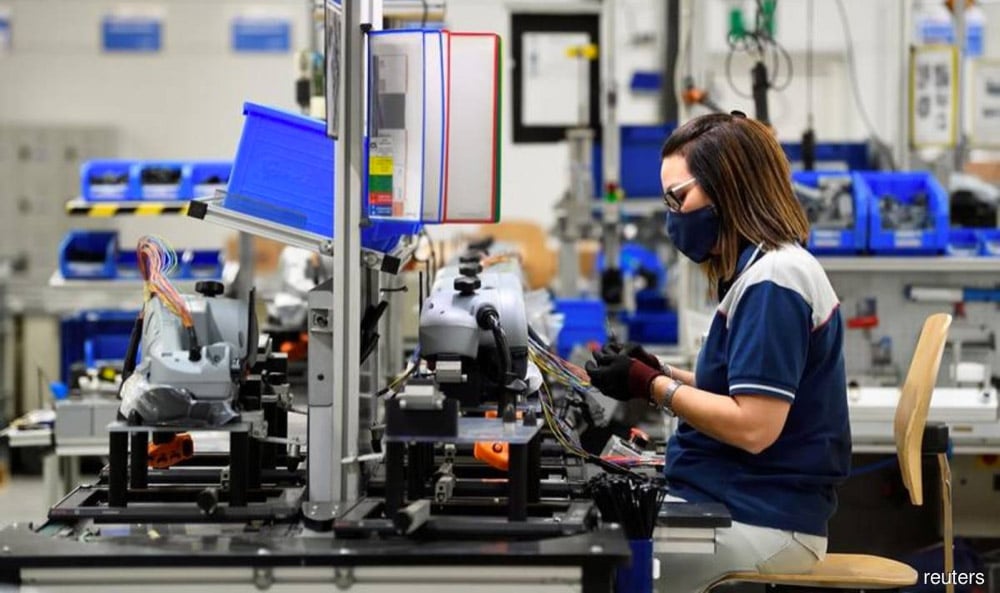
To calculate the impact of your order on the factory size, you need to consider a few factors as follows:
Factor 1: Determine the factory size you need to produce your order
This will depend on the amount of product you need to produce, the type of product you are making, and the production processes and equipment you will be using.
Factor 2: Compare to the size of the existing factory
Once you have determined the factory size you need, you can compare this to the size of the existing factory to see if it is large enough to accommodate your order.
Factor 3: Expand the factory or find a new one
If the existing factory is not large enough, you will need to either expand the factory or find a new one that is capable of meeting your production needs.
Factor 4: Consider the cost of production
If the existing factory is not large enough to accommodate your order, the cost of expanding or finding a new factory may be significant.
This cost will need to be factored into your decision about the factory size you choose.
Overall, the impact of your order on the factory size will depend on a number of factors, including the factory size you need, the size of the existing factory, and the cost of production.
It is important to carefully consider these factors and make a decision that is best for your business.
Factory Size Selection Case Study
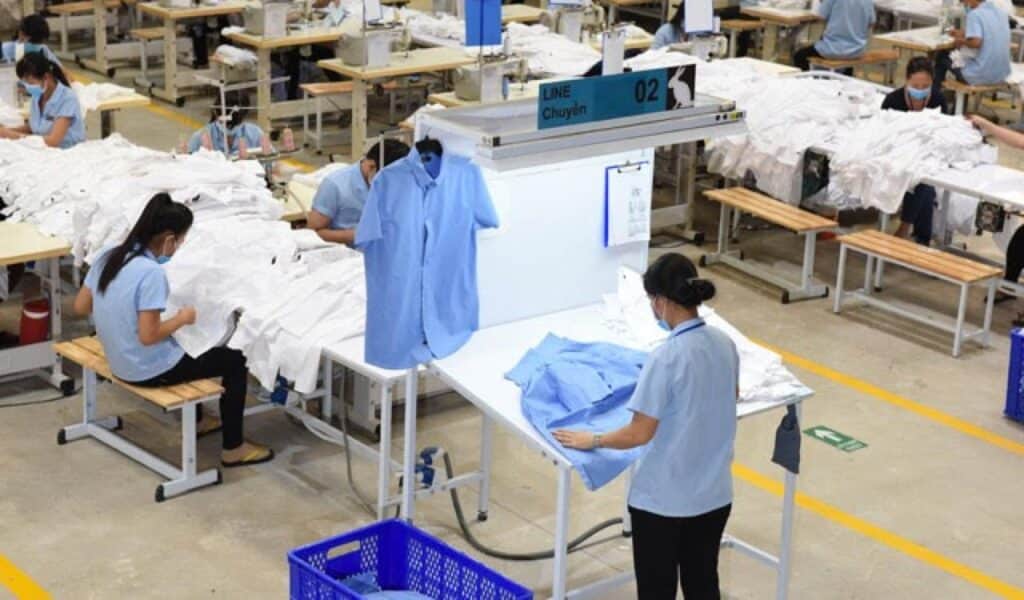
Here we provide a specific example:
Let’s say you are a clothing wholesaler and you have received a large order for a new line of jackets. You are looking to contract a factory to produce your product.
You have received quotes from two potential contractors, both of which have factories that currently have the capacity to produce 100 jackets per day. However, your new order requires you to produce 500 jackets per day.
In this case, you will need to either find a contractor with a factory that can be expanded or find a new contractor with a factory that is capable of meeting your production needs.
If you decide to go with a contractor who has a factory that can be expanded, you will need to determine the cost of expanding and how long it will take to complete the expansion.
You will also need to consider whether the location and layout of the existing factory make it a good candidate for expansion.
If you decide to find a new contractor with a factory that is capable of meeting your production needs, you will need to consider the cost of setting up a new factory and the time it will take to get it up and running.
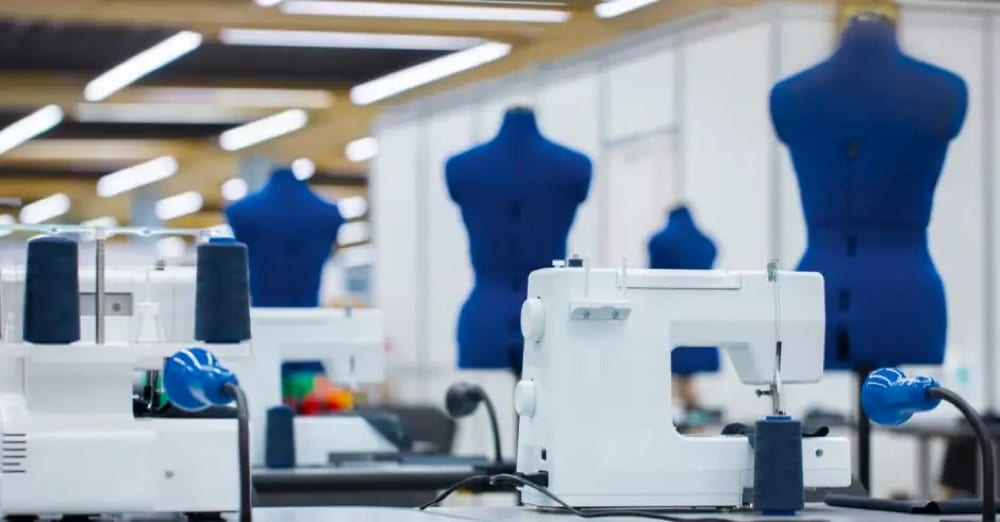
You will also need to consider the location of the new factory and whether it has access to the resources and labor you need to produce your jackets.
To decide which contractor is the best fit for your needs, you will need to carefully evaluate the proposals and quotes you have received.
This will involve comparing the costs and timelines of each option, as well as the location and layout of the factories.
You may also want to consider factors such as the reputation and track record of the contractors, as well as their ability to provide high-quality products and meet deadlines.
Overall, the decision about the factory size you choose will depend on a number of factors.
It includes the cost and timeline of expanding or setting up a new factory, the location and layout of the factory, and the availability of resources and labor.
It is important to carefully consider these factors and make a decision that is best for your business.
Conclusion
Factory size affects the number of workers that can be employed, the cost of production, the quality of the products produced, the safety of the workers, and the environmental impact of the production process.
Therefore, it is important to consider the size of a factory when making decisions about production.
We are Yansourcing, a leading sourcing company in China, dedicated to helping our clients source products from China at the most competitive prices. If you are interested in importing from China, please feel free to contact us.
FAQs
1. What is the average size of a factory?
The average size of a factory can vary greatly depending on the type of industry and the products being produced.
Generally, factories range in size from a few thousand square feet to hundreds of thousands of square feet.
2. What factors influence the factory size?
Factors that influence the factory size include the type of products being produced and the number of employees.
It also includes the amount of machinery and equipment needed, the amount of space needed for storage, and the amount of space needed for production.
3. How much space is needed for a factory to be considered large?
The size of a factory that is considered large can vary depending on the industry and the products being produced. Generally, a factory that is over 100,000 square feet is considered large.
4. What are the benefits of having a large factory?
Having a large factory can provide a number of benefits, such as increased production capacity, increased efficiency, and improved safety.
Additionally, having a large factory can also provide economies of scale, allowing for lower costs and higher profits.
5. What are the drawbacks of having a large factory?
Having a large factory can also have some drawbacks, such as increased overhead costs, increased complexity, and increased risk.
Additionally, having a large factory can also lead to increased environmental impacts, such as air and water pollution.
6. What are the advantages of having a small factory?
Having a small factory can provide a number of advantages, such as lower overhead costs, increased flexibility, and improved safety.
Additionally, having a small factory can also provide economies of scale, allowing for lower costs and higher profits.
7. What are the disadvantages of having a small factory?
Having a small factory can also have some drawbacks, such as limited production capacity, increased complexity, and increased risk.
Additionally, having a small factory can also lead to increased environmental impacts, such as air and water pollution.
8. What are the best practices for optimizing factory size?
The best practices for optimizing factory size include assessing the current production needs, evaluating the current space available, and determining the most efficient layout for the factory.
Additionally, it is important to consider the future needs of the factory and plan for any potential expansion.
